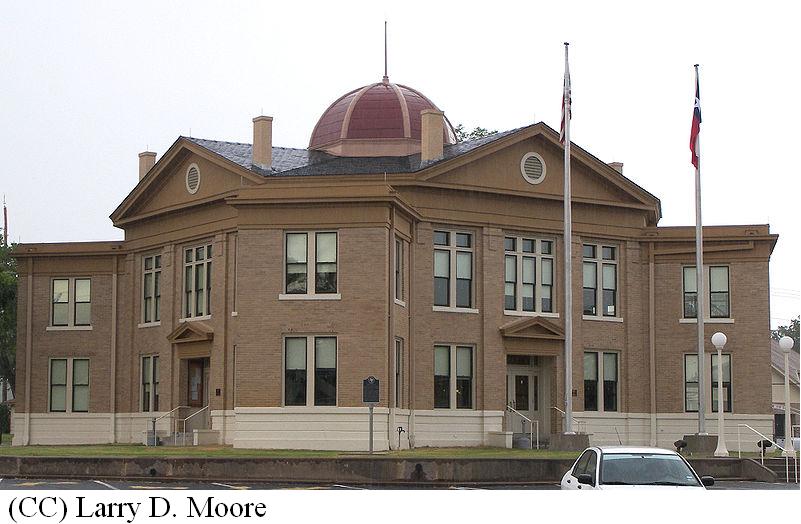Rains County is located in northeast Texas. The county seat is Emory. The first human inhabitants were the Tawakonis and Yscanis in the eighteenth century. The Texas Legislature incorporated territory from Wood County into the formation of Rains County in 1870, named after Emory Rains, a member of the Republic of Texas Congress.
Rains County proved suitable to  farm cotton and corn, and the introduction of railroads in 1873, made transportation and selling products much easier when the MKT laid tracks in Emory. Between 1880 and 1930, cotton and corn production increased significantly, the discovery of lignite minerals provided temporary employment to workers.
farm cotton and corn, and the introduction of railroads in 1873, made transportation and selling products much easier when the MKT laid tracks in Emory. Between 1880 and 1930, cotton and corn production increased significantly, the discovery of lignite minerals provided temporary employment to workers.
The county continued from the 1890s to the 1930s with the sale of cotton, corn, milk, and peaches into the 1930s. Farmers cultivated large acres of land while land prices decreased in value, and the Great Depression hit Rains County hard, depreciating land costs that resulted in diminishing returns for cotton and other items. During the 1940s and 1950s, the county recovered much than other counties quicker because of New Deal Programs.
County populations had nosedived after World War II because citizens moved outside the area to take manufacturing employment during the war. By 1960, the economy improved substantially, due to the building of Lake Tawakoni and a river dam in the southern part of the county. During the last half of the twentieth century, the county improved financially because of river travel and dams, along with the rise of manufacturing industries.
Museum/Historic Site
Documents/Resources
Text: http://www.tshaonline.org/handbook/online/articles/hcr01 Handbook of Texas Online, Taxas State Historical Association.
To learn more about Rains County's history check out our Local Voices' writer Elaine Bay's column "Old News" on our Local Voices page.